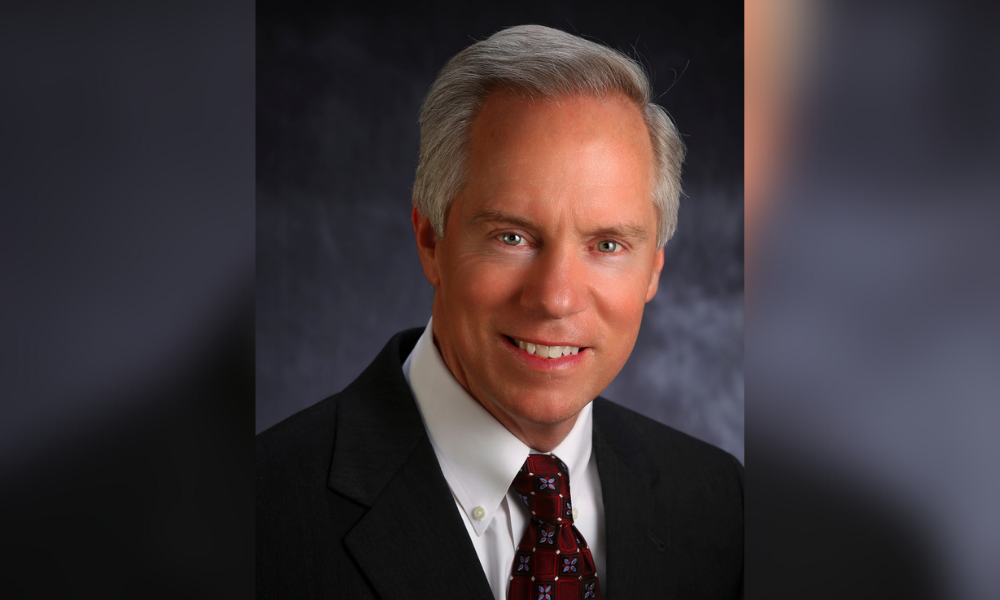"It's a choice between the Nordstrom and Walmart service," says expert

Jim Cameron (pictured) joined the data-driven mortgage consultancy firm Stratmor Group more than 22 years ago.
As the company’s Senior Partner, he has tackled some of the trickier and more complex aspects of the mortgage industry, including mergers and acquisitions and litigation support.
He recently turned his gaze towards independent mortgage bankers, fascinated by their success and the way they had increased their market share in the modern age, to the point they now offer more than 60% of the nation’s loan volume, much to the detriment of traditional banks and other depositories.
To understand the phenomenon, he focused on a subset of retail mortgage branches - the so-called expense management branch (EMB), which he described as “the brick and mortar” sales offices.
He said: “In the old days, there were net branches that really didn’t operate on the up and up, they had structures (that) simply weren’t licensed and didn’t have a license to originate FHA or VA loans.”
The unscrupulous ones would look for a sponsoring parent entity and essentially rent a license from the sponsor, he said.
“They would keep their employees at the branch entity; they would own all the assets of the branch; everything would be done in the name of the branch manager and they would simply pay a fee to the corporate parent. That would enable them to sort of piggyback under the license of the parent entity, and originate FHA loans,” he explained.
While it was not strictly speaking an illicit activity, it did violate the spirit of the rules for originating FHA loans.
He described the practice as “a relic of the past” that was essentially shut down in the 1990s, thanks to better law enforcement.
However, one of the residual traces from that period reinforced what he called “a cultural divide”, as the CEOs of many independent mortgage banks were former salespeople, at odds with the rigid structure of banks.
“Culturally, they’re very different. A bank is really run by financial executives who have grown up with more discipline and rigor, and an eye towards compliance. It’s sort of a top-down management, command and control hierarchical structure.
“You can see why a loan officer is not going to want to be in a bank environment that is so buttoned up and more much more structured,” he added.
He compared the two branch models, Expense Management and Corporate, to two, well known department stores offering wildly different business models.
“I use the analogy of the Nordstrom department stores, which is high service, high touch, compared to a Walmart-type model, that is basically lowest price on the street, and lower wages to employees,” he said.



